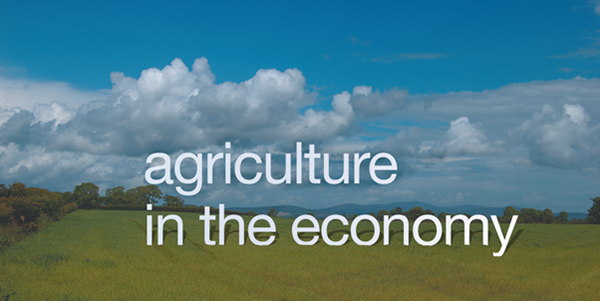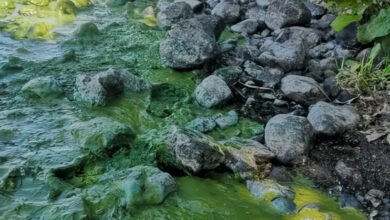Agriculture in the economy
Richard Halleron recounts the success story of Northern Ireland’s farms and food industries despite the wider downturn and takes stock of their current position in the economy.
A recent economic review1 confirmed that the local farming and the wider agri-food sector has been one of the best performers during the current economic downturn.
Northern Ireland’s annual economic output peaked in 2007. However, it was actually the agriculture sector that recorded the strongest rate of annual growth (gross value added, or GVA) during that period. In 2007 local agriculture posted real growth of 20 per cent (UK up 14.3 per cent) which compared with a 2.5 per cent rise for the economy as a whole.
More recently, according to the latest estimates from DARD2 , total income from farming in Northern Ireland is expected to show an increase of 5.3 per cent in real terms during the period for the current financial year. Conversely, the services, manufacturing and construction sectors all recorded a marked fall in both activity and profitability in 2009.
One of the few sectors not to be shedding jobs since the recession took hold, farming is now one of the few areas outside of the public sector not to shed jobs. Over the period December 2007 to December 2009, agriculture recorded a modest rise in employment of 1.2 per cent which compares with a 4.3 per cent decline for the economy as a whole. If the rise in self employment within the agriculture sector is included, the increase over the last two years is estimated to be around 750 or 2.5 per cent.
The Northern Ireland economy is more dependent upon on agriculture than any other UK region. This can be illustrated through its share of the economy, employment and business base. The agriculture, forestry and fishing sector accounts for 2.1 per cent of Northern Ireland’s GVA. This represents the largest share of any of the UK regions and compares with just 0.8 per cent for the UK as a whole. The reliance on the wider agri-food sector is evident if the manufacturing industry’s food, drink and tobacco sector is also included. This increases the share of the economy to 5.9 per cent which is more than twice the corresponding share in the UK (2.6 per cent).
In terms of employment, there are estimated to be over 30,400 jobs within agriculture, which includes 18,000 self employed people. This represents 3.7 per cent of total employment within Northern Ireland, more than double the sector’s comparable size in the UK (1.6 per cent). In addition, there are 17,000 employed within Northern Ireland manufacturing’s local food production sector. As a result, there are 47,500 directly employed within the agriculture and food production sectors. This represents close to 6 per cent of total employment levels within Northern Ireland.
1 Ulster Bank Quarterly Economic Review, April 2010
2 Statistical Review of Northern Ireland Agriculture 2009 (published March 2010)






